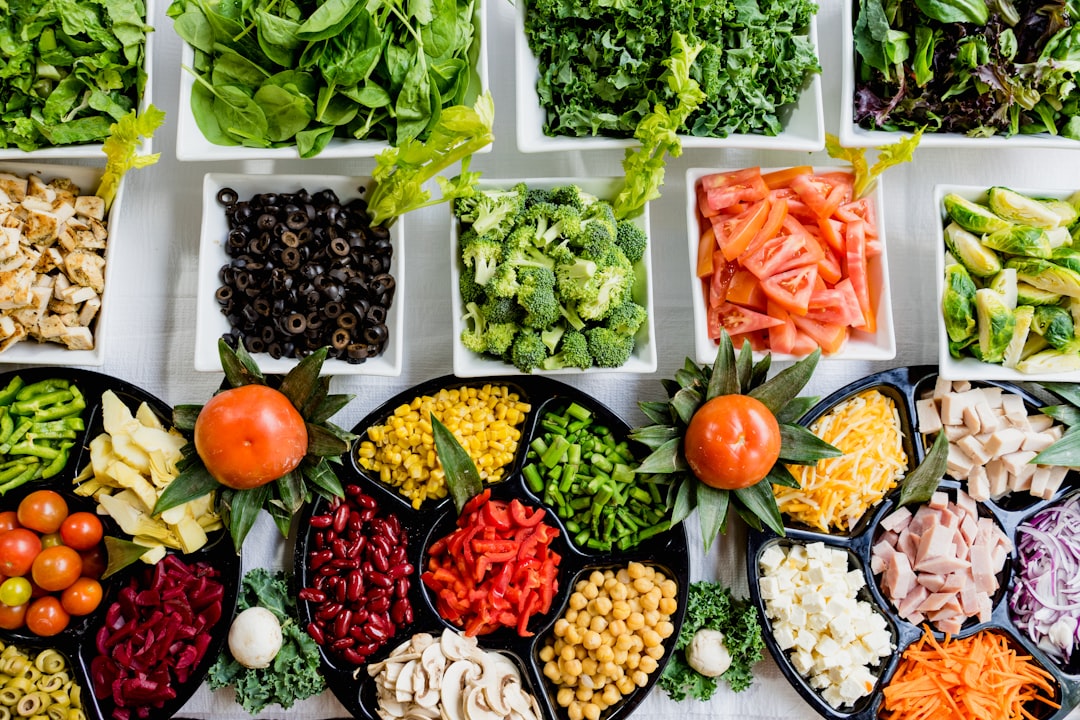Food is more than just sustenance—it’s a blend of art, culture, and science. Ever wondered what goes into the food you enjoy every day? In this blog post, we’ll explore the fascinating field of food science, introduce its core concepts, and uncover the disciplines that together shape the way we produce, preserve, and savor our meals.
The Essence of Food Science
Food science is an interdisciplinary field that merges chemistry, biology, physics, and engineering to understand the composition, processing, and preservation of food. It bridges the gap between raw ingredients and the culinary delights we consume, ensuring that our food is safe, nutritious, and appealing.
Key Goals of Food Science:
-
Safety: Ensuring that food is free from harmful pathogens and contaminants.
-
Nutrition: Enhancing the nutritional value and health benefits of food.
-
Quality: Improving taste, texture, and appearance.
-
Sustainability: Developing methods to produce food efficiently and with minimal environmental impact.
Core Concepts in Food Science
1. Food Chemistry
At the heart of food science lies food chemistry, which studies the molecular composition and reactions that occur during food preparation and storage. By understanding the chemical properties of carbohydrates, proteins, fats, vitamins, and minerals, scientists can develop ways to enhance flavor, improve nutritional content, and extend shelf life. Whether it’s the Maillard reaction that browns your toast or the emulsification process that keeps your salad dressing smooth, food chemistry explains it all.
2. Food Microbiology
Microorganisms play a pivotal role in food—both as friends and foes. Food microbiology focuses on studying bacteria, yeasts, molds, and other microorganisms that influence food quality. This discipline not only helps in preventing food spoilage and contamination but also harnesses beneficial microbes for fermentation processes. Think about the tangy taste of yogurt or the complex flavors of sourdough bread—these are outcomes of controlled microbial activity.
3. Food Engineering and Processing
Modern food production relies on advanced engineering to transform raw ingredients into safe, consumable products. Food engineering involves designing processes and equipment for production, packaging, and distribution. Techniques such as pasteurization, freezing, drying, and canning are all products of food engineering. These processes ensure that food remains nutritious and tasty even after extended storage and transport.
4. Nutrition Science
Nutrition science is another cornerstone of food science. It examines how different foods affect our health and wellbeing. By analyzing the nutritional content and bioavailability of nutrients, scientists can recommend dietary guidelines and develop functional foods—products designed to offer specific health benefits, such as enhanced immunity or improved digestion.
5. Sensory Science
Ever wondered why a dish not only tastes good but also feels and smells enticing? Sensory science explores how we perceive food through our senses. By studying taste, smell, sight, touch, and even sound, experts can predict consumer responses and refine products to better match our sensory expectations. This field is crucial for the food industry, where consumer satisfaction can make or break a product.
The Interdisciplinary Nature of Food Science
What makes food science truly exciting is its interdisciplinary approach. Researchers often collaborate across fields, combining insights from biology, chemistry, engineering, and even psychology. This collaboration fuels innovation, from developing plant-based meat alternatives to creating sustainable packaging solutions that reduce waste.
Real-World Applications:
-
Improved Food Safety: Advanced testing methods and preservation techniques that minimize the risk of foodborne illnesses.
-
Innovative Product Development: Creating new food items that meet evolving consumer preferences and dietary needs.
-
Sustainable Practices: Developing eco-friendly production methods and reducing food waste through better processing and packaging.
The Future of Food Science
As we face global challenges like climate change, resource scarcity, and shifting dietary habits, food science is poised to play an even more significant role in shaping our future. Emerging trends such as personalized nutrition, lab-grown meat, and precision fermentation hold promise for transforming how we produce and consume food. Continued research and innovation in this field will not only enhance our culinary experiences but also address critical issues of food security and environmental sustainability.
Conclusion
Food science is a dynamic and essential field that enriches our understanding of the food we eat. From the minute details of food chemistry to the broad impacts of nutrition and sustainability, it touches every aspect of our daily lives. As science and technology advance, the innovations in food science will continue to redefine the relationship between our food, our health, and our planet. Whether you’re a curious foodie, a professional chef, or someone passionate about sustainable living, the world of food science offers endless insights and opportunities for exploration.
Embrace the science behind your plate, and you’ll soon see that every bite tells a story of ingenuity, research, and a relentless pursuit of better living.

Comments
No comments yet. Be the first to comment!
You must be logged in to comment. Login